Which Monocular Telescope ?
There are several monocular telescopes available on the market, each with its own features and specifications. Some popular options include the Celestron Nature DX Monocular, the Vortex Optics Solo Monocular, and the Gosky Titan Monocular. These monocular telescopes are designed to provide a compact and portable alternative to traditional binoculars or telescopes. They typically offer a single eyepiece and a magnification range that allows users to observe distant objects with clarity. The specific choice of monocular telescope depends on individual preferences, intended use, and budget. It is recommended to research and compare different models to find the one that best suits your needs.
1、 Optical Design: Refractor, reflector, or catadioptric monocular telescopes
When it comes to choosing a monocular telescope, the optical design plays a crucial role in determining its performance and suitability for different applications. The three main types of optical designs for monocular telescopes are refractor, reflector, and catadioptric.
Refractor monocular telescopes use lenses to gather and focus light. They are known for providing sharp and high-contrast images, making them ideal for observing terrestrial objects, wildlife, and even celestial bodies. Refractor monoculars are generally compact and lightweight, making them portable and easy to use. However, they can be more expensive compared to other designs, especially for larger aperture models.
Reflector monocular telescopes, on the other hand, use mirrors to gather and reflect light. They are often more affordable than refractor monoculars and are known for their ability to gather more light, making them suitable for observing faint celestial objects. Reflectors are also popular among amateur astronomers due to their versatility and the ability to easily upgrade and modify them.
Catadioptric monocular telescopes combine both lenses and mirrors to gather and focus light. They offer a compact design and a wide field of view, making them suitable for both terrestrial and astronomical observations. Catadioptric monoculars are known for their ability to correct optical aberrations, resulting in high-quality images. However, they can be more expensive compared to refractor or reflector monoculars.
The choice of optical design ultimately depends on the specific needs and preferences of the user. Refractor monoculars are great for general-purpose use and provide excellent image quality. Reflectors are ideal for astronomy enthusiasts looking for more light-gathering capabilities. Catadioptric monoculars offer a balance between portability and performance.
It is important to note that the latest advancements in technology have led to improvements in all three optical designs. Manufacturers are constantly innovating and introducing new features to enhance the performance of monocular telescopes. Therefore, it is advisable to research and consider the latest models and advancements in each optical design before making a purchase.

2、 Magnification Power: High, medium, or low magnification monocular telescopes
Which monocular telescope you choose depends on your specific needs and preferences. The magnification power of a monocular telescope determines how much closer and detailed the objects will appear. There are high, medium, and low magnification monocular telescopes available in the market.
High magnification monocular telescopes typically have a magnification power of 10x or higher. These are ideal for observing distant objects such as birds, wildlife, or even celestial bodies like the moon and stars. They provide a detailed and close-up view, allowing you to see fine details that may not be visible to the naked eye. However, high magnification monoculars can be challenging to stabilize, and the field of view may be narrower.
Medium magnification monocular telescopes usually have a magnification power between 6x and 9x. These are versatile options suitable for a wide range of activities, including birdwatching, hiking, and general outdoor use. They offer a good balance between magnification and field of view, providing a clear and steady image.
Low magnification monocular telescopes typically have a magnification power of 5x or lower. These are great for activities that require a wider field of view, such as watching sports events or panoramic views. They provide a broader perspective but sacrifice some detail and close-up capabilities.
It's important to consider your intended use and the specific requirements of your observation activities when choosing a monocular telescope. Additionally, advancements in technology have led to the development of monocular telescopes with image stabilization features, improved lens coatings, and compact designs. Considering these latest advancements can also help you make an informed decision.
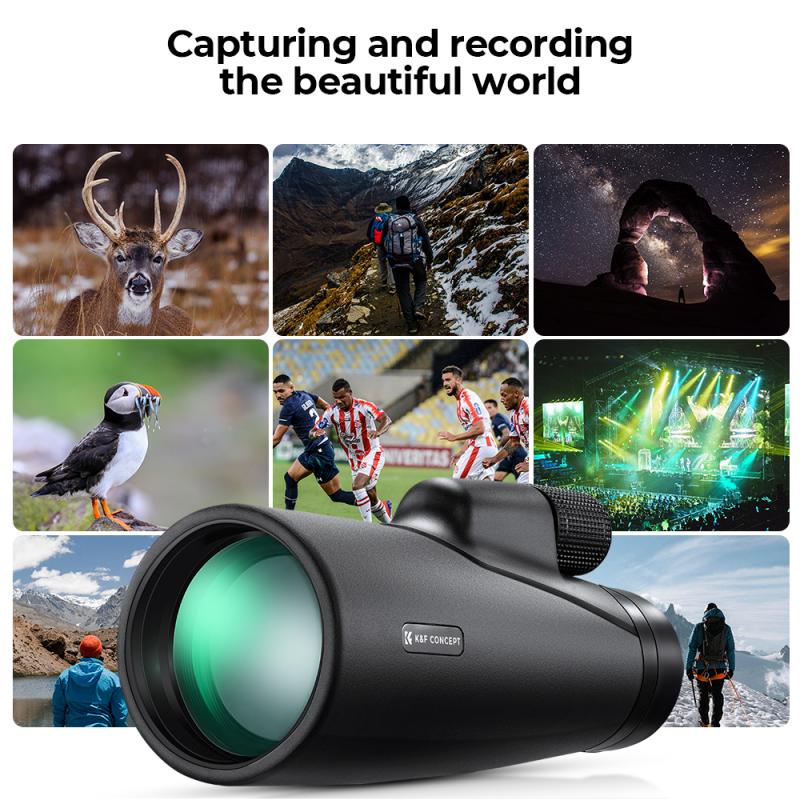
3、 Objective Lens Diameter: Large, medium, or small objective lens monocular telescopes
When it comes to choosing a monocular telescope, the objective lens diameter plays a crucial role in determining the quality and performance of the device. The objective lens is the front lens of the monocular that gathers light and focuses it to create a clear image. The size of the objective lens directly affects the amount of light that enters the monocular, which in turn impacts the brightness and clarity of the image.
Large objective lens monocular telescopes typically have a diameter of 50mm or more. These telescopes are ideal for low-light conditions and provide a brighter image with better clarity. They are particularly useful for stargazing or observing distant objects in dimly lit environments. However, they tend to be bulkier and heavier, making them less portable.
Medium objective lens monocular telescopes usually have a diameter between 30mm and 50mm. They strike a balance between portability and performance, offering decent brightness and clarity while being more compact and lightweight. These monoculars are versatile and suitable for a wide range of activities, including birdwatching, wildlife observation, and sports events.
Small objective lens monocular telescopes have a diameter of less than 30mm. They are highly portable and lightweight, making them convenient for travel and outdoor adventures. However, due to their smaller size, they may not gather as much light as larger objective lenses, resulting in slightly dimmer images, especially in low-light conditions.
It is important to consider your specific needs and use cases when choosing the objective lens diameter for a monocular telescope. If you prioritize brightness and clarity, especially in low-light conditions, a large objective lens monocular would be the best choice. However, if portability and versatility are more important, a medium or small objective lens monocular may be more suitable.
It is worth noting that advancements in lens technology have allowed manufacturers to improve the performance of smaller objective lens monoculars. Some compact models now offer impressive image quality and brightness, rivaling larger objective lens options. Therefore, it is always recommended to read reviews and consider the latest advancements in the field before making a decision.
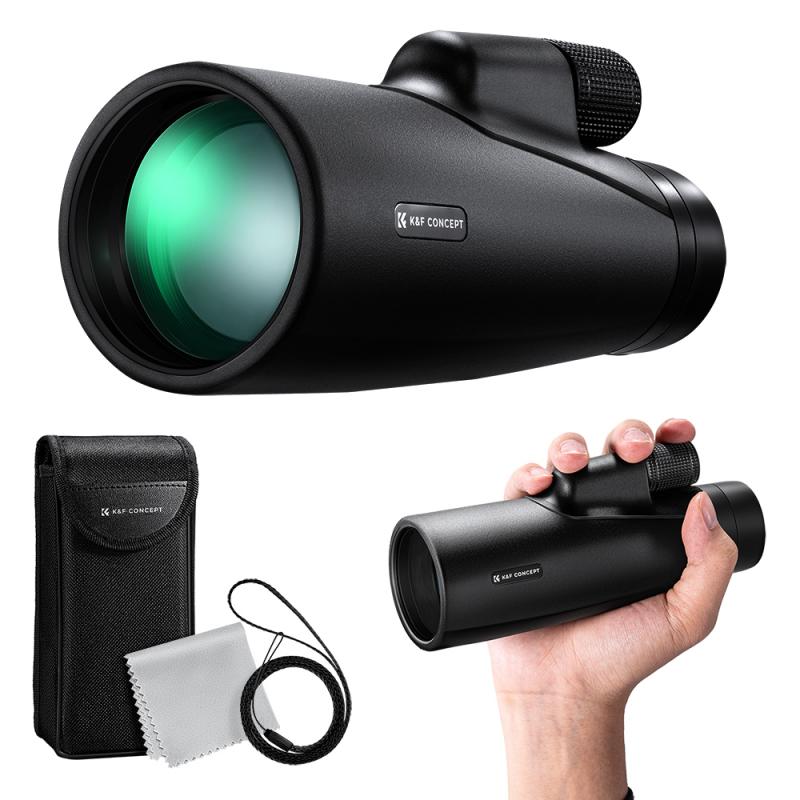
4、 Field of View: Wide-angle or narrow-angle monocular telescopes
Which monocular telescope is best for you depends on your specific needs and preferences. The choice between a wide-angle or narrow-angle monocular telescope primarily comes down to the intended use and desired field of view.
Wide-angle monocular telescopes typically have a field of view of 6-8 degrees or more, allowing you to see a larger area at once. These are ideal for activities such as birdwatching, wildlife observation, or panoramic views. They provide a broader perspective and make it easier to track moving objects. However, wide-angle monoculars may sacrifice some image detail and magnification power compared to narrow-angle options.
On the other hand, narrow-angle monocular telescopes have a smaller field of view, typically around 4-6 degrees or less. These are better suited for activities that require more precise and detailed observations, such as stargazing or observing distant objects. Narrow-angle monoculars offer higher magnification power and can provide clearer images of specific targets.
It's important to note that the latest advancements in monocular telescope technology have led to the development of hybrid models that offer both wide-angle and narrow-angle capabilities. These versatile telescopes allow you to adjust the field of view according to your needs, providing the best of both worlds.
Ultimately, the choice between a wide-angle or narrow-angle monocular telescope depends on your specific interests and requirements. Consider the activities you plan to engage in, the level of detail you desire, and the trade-off between field of view and magnification power.
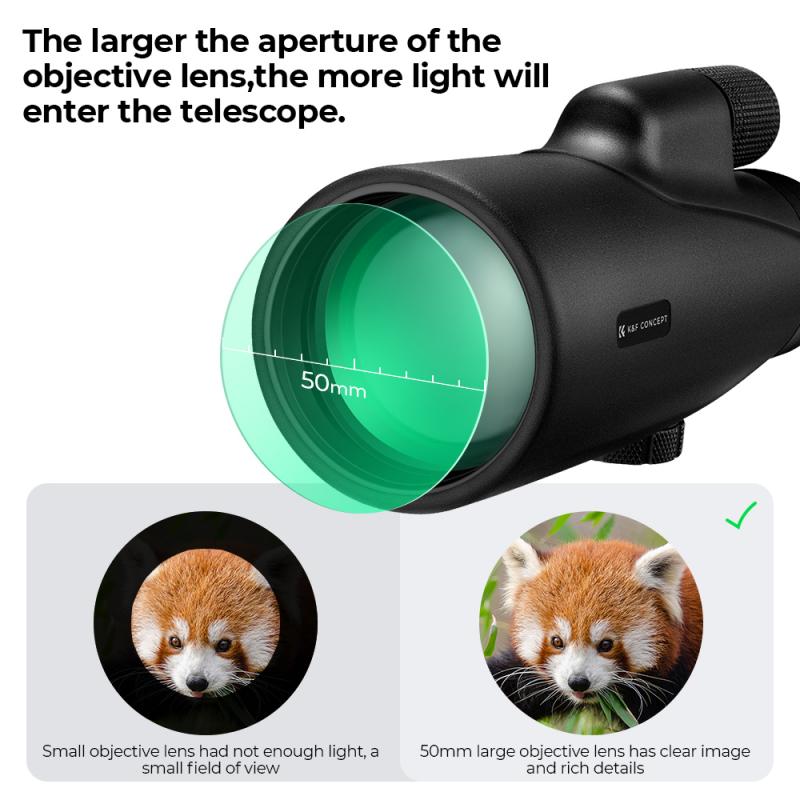













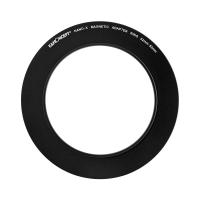

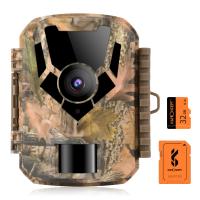
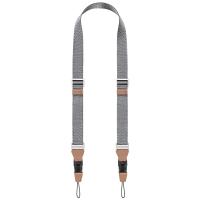
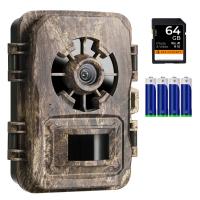
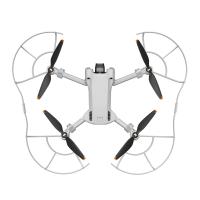
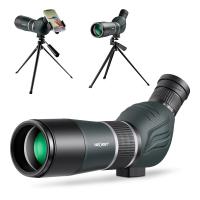



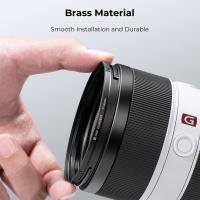
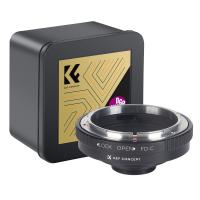
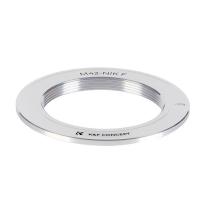
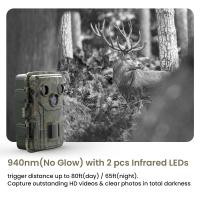

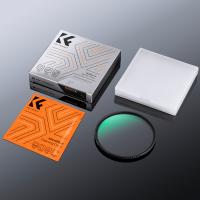
There are no comments for this blog.